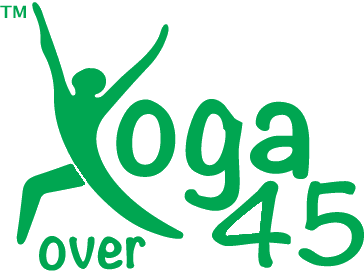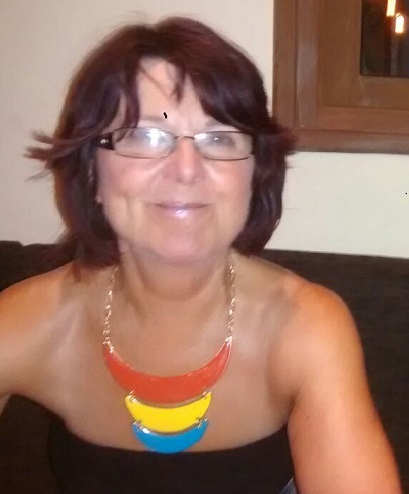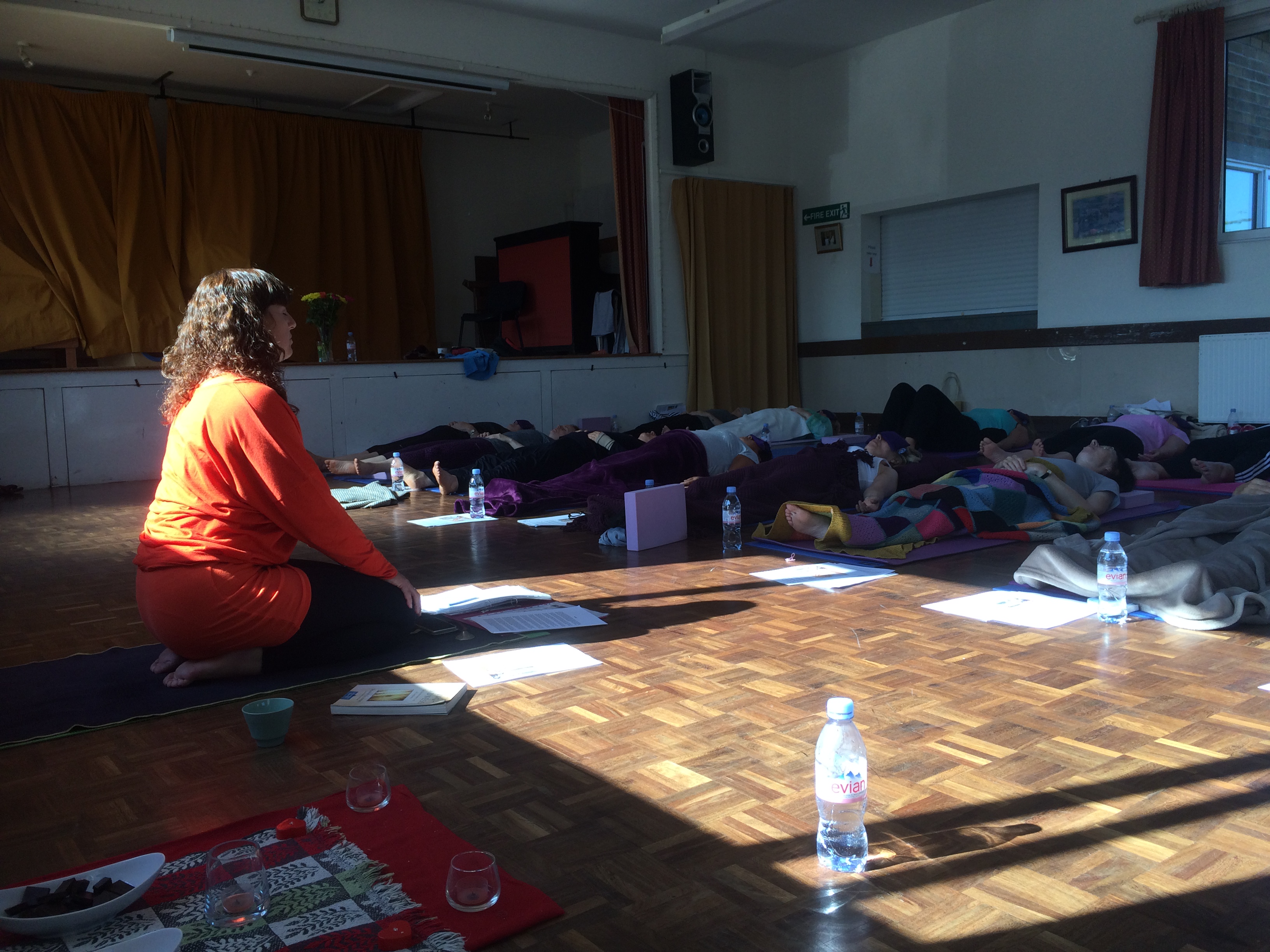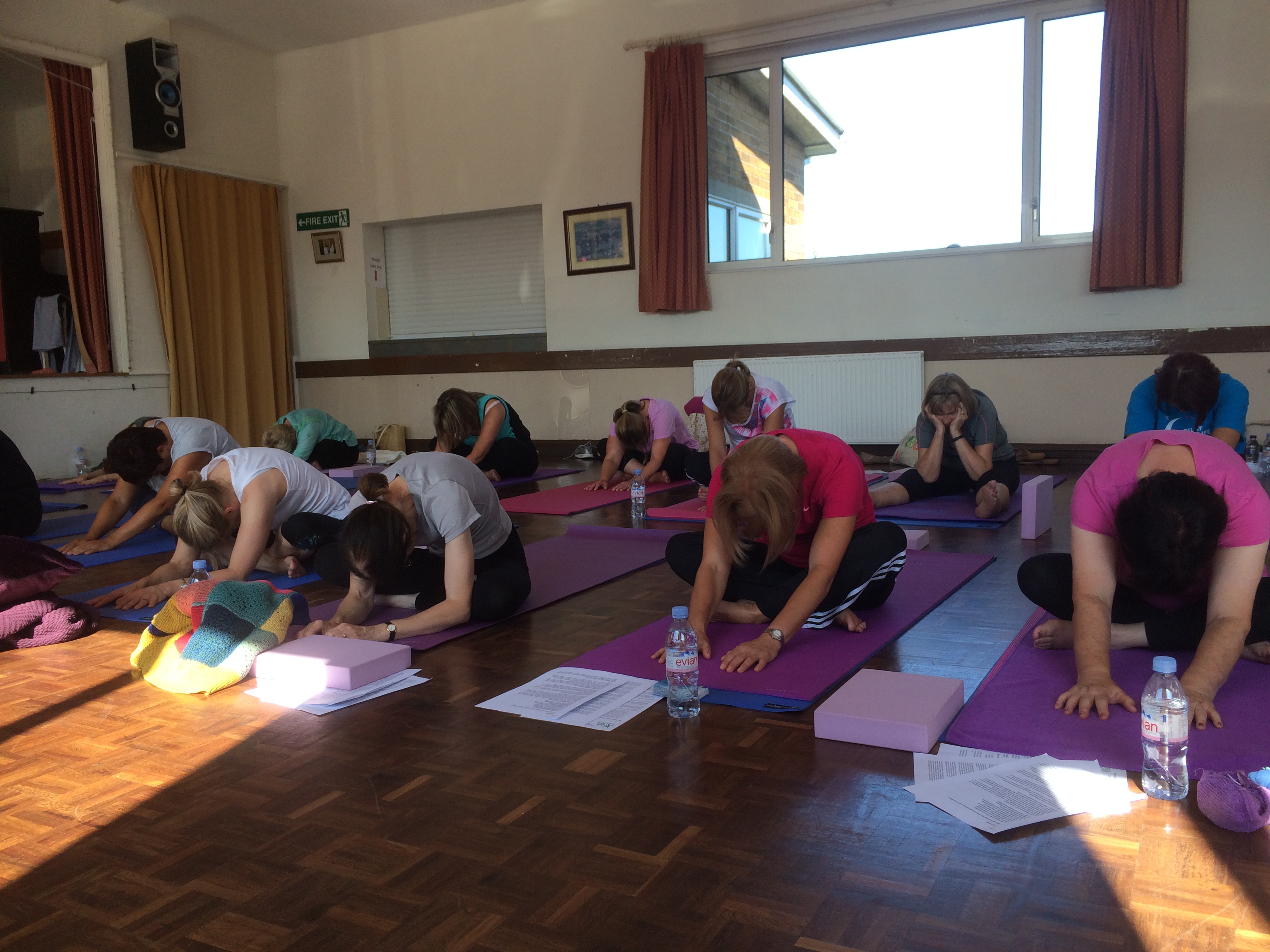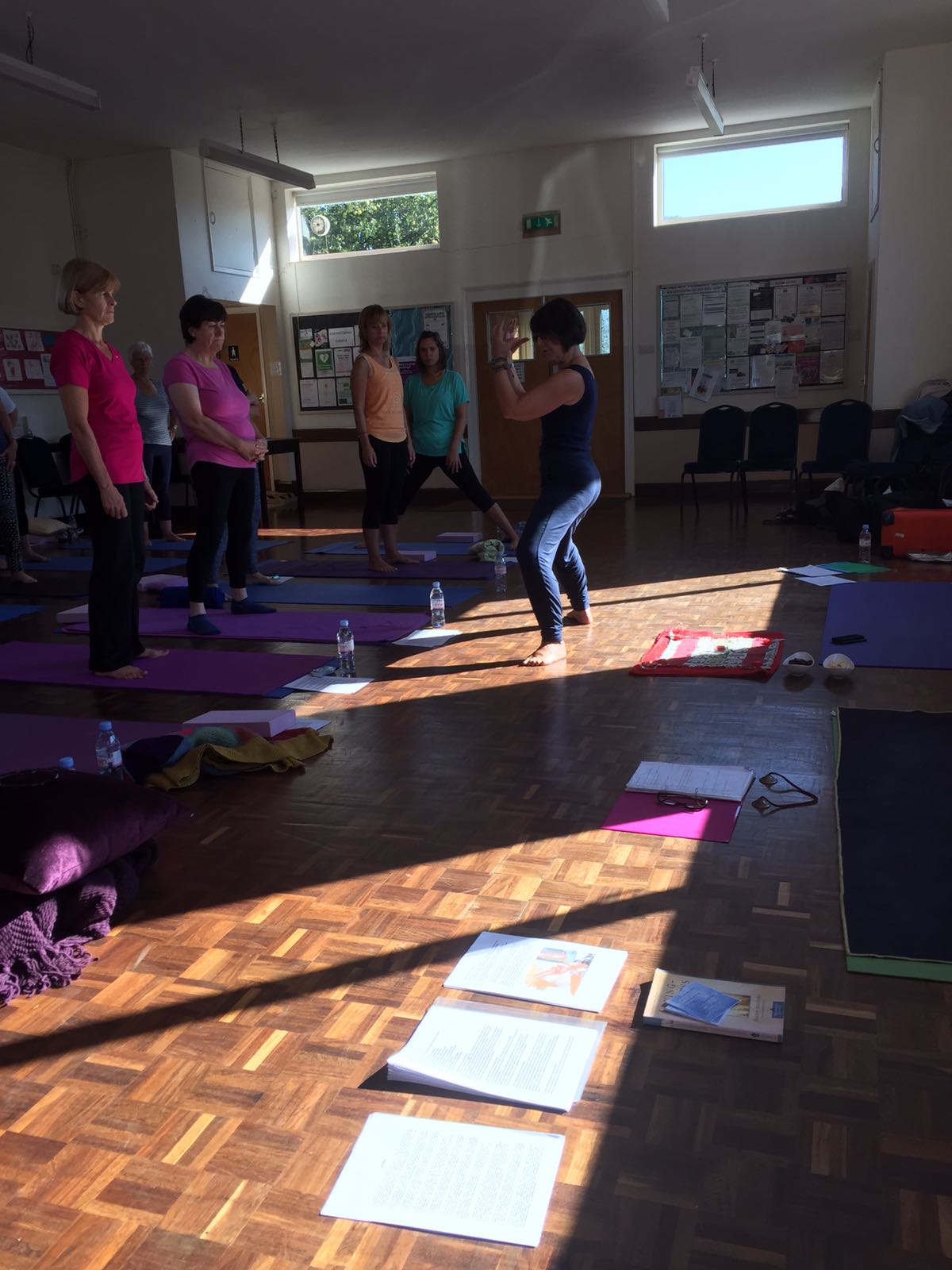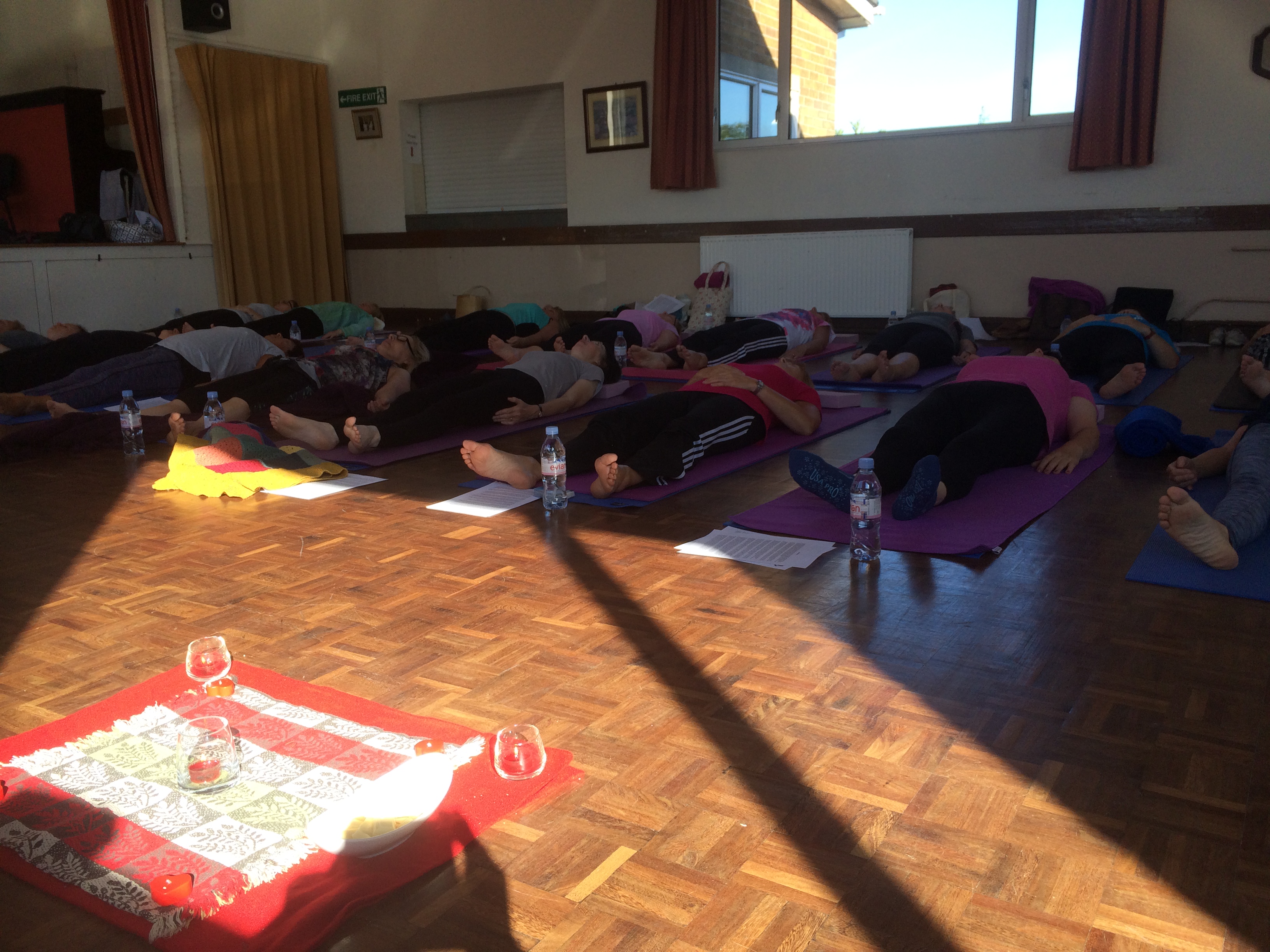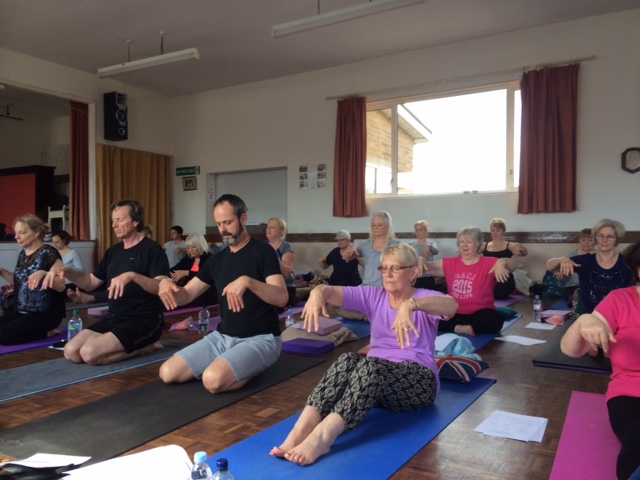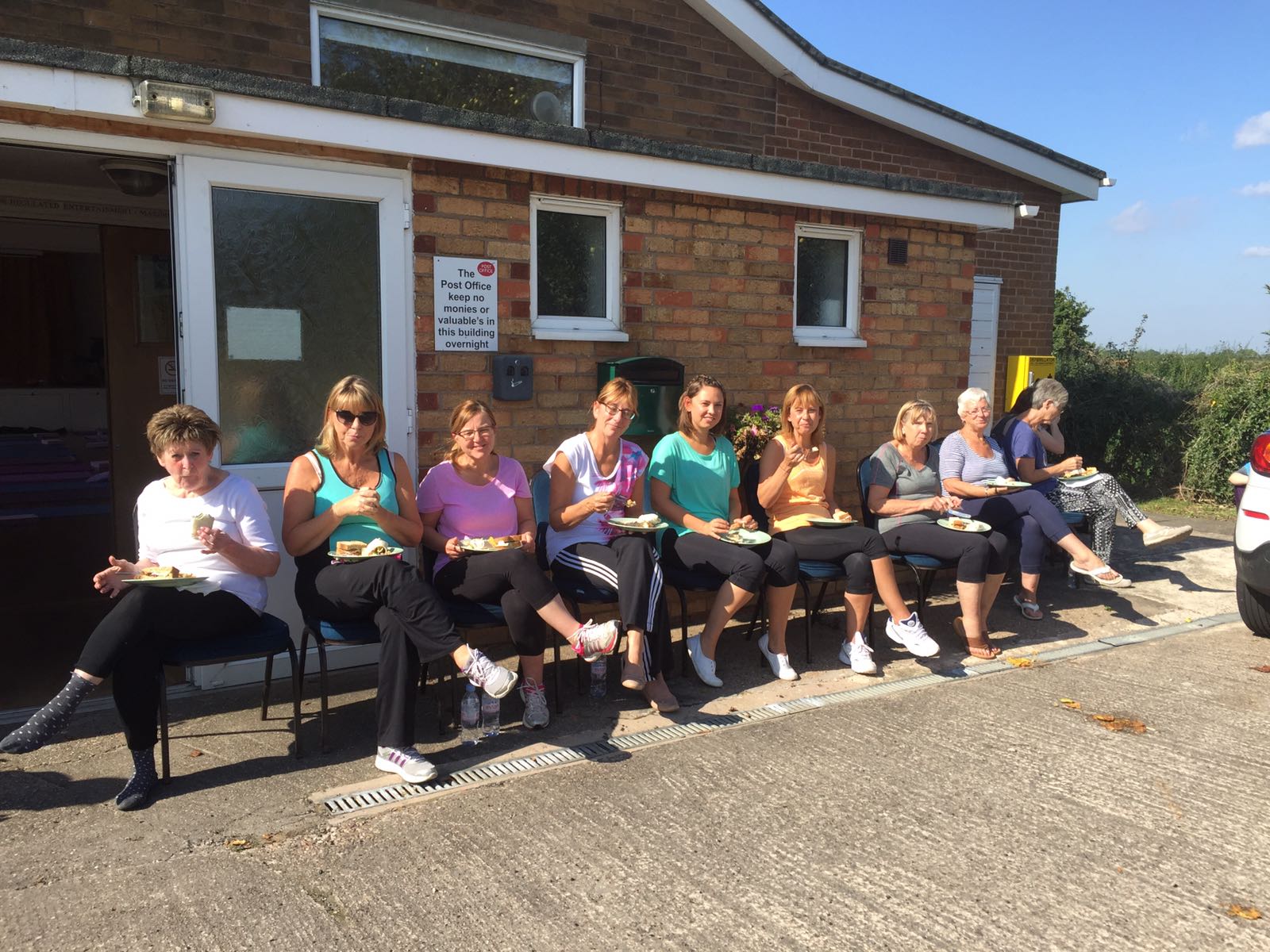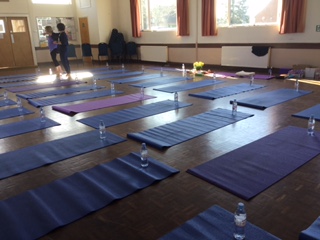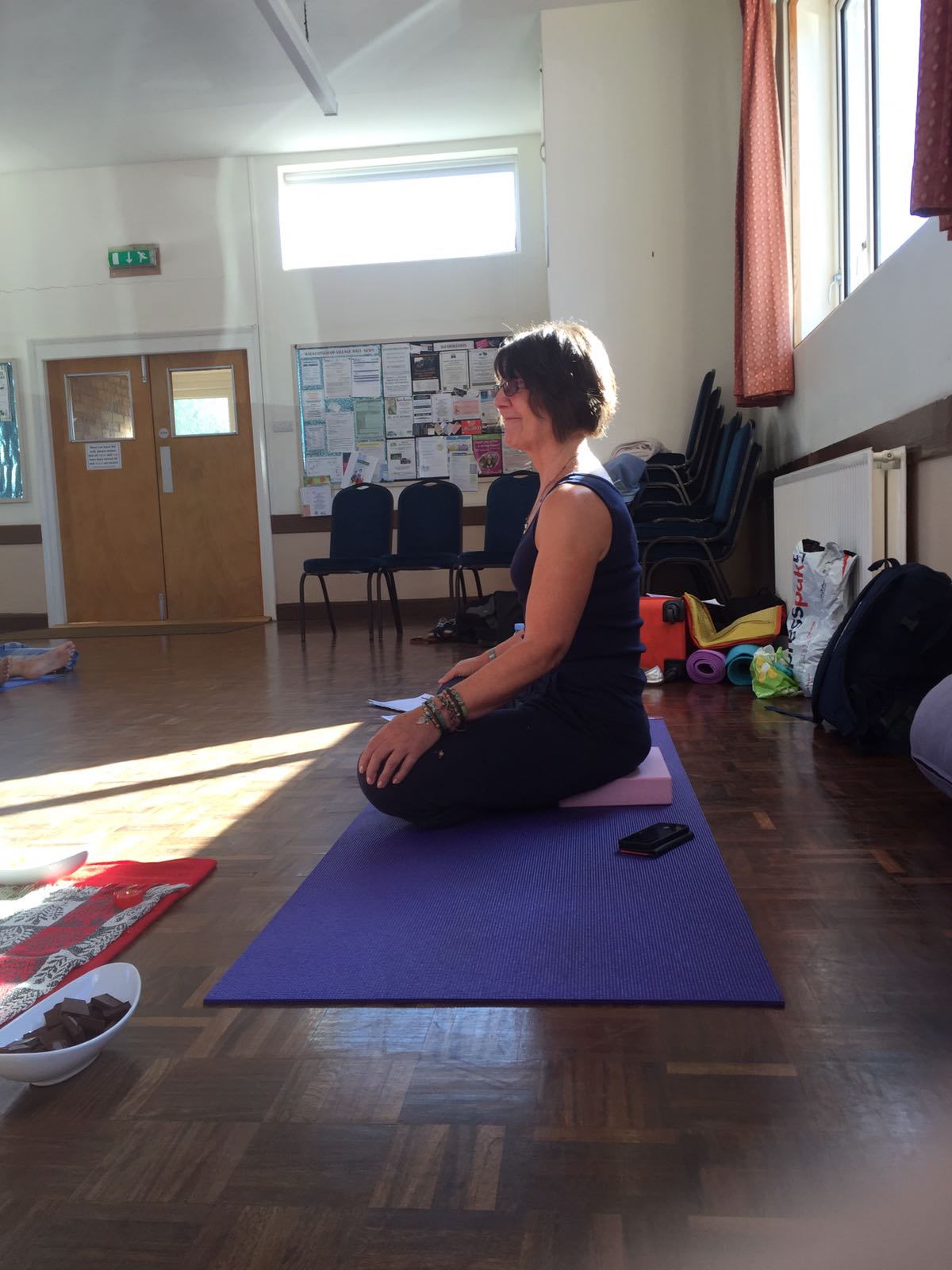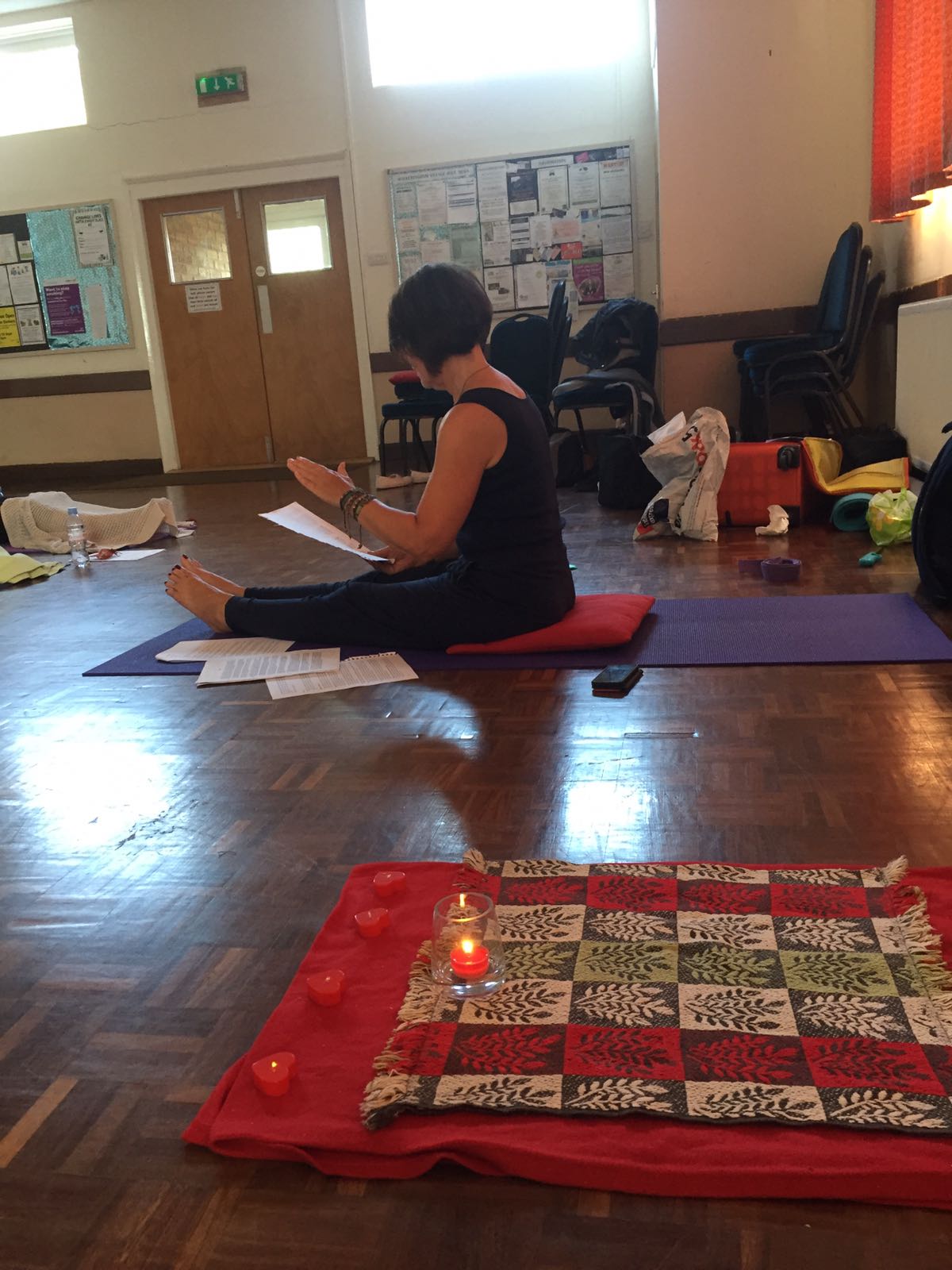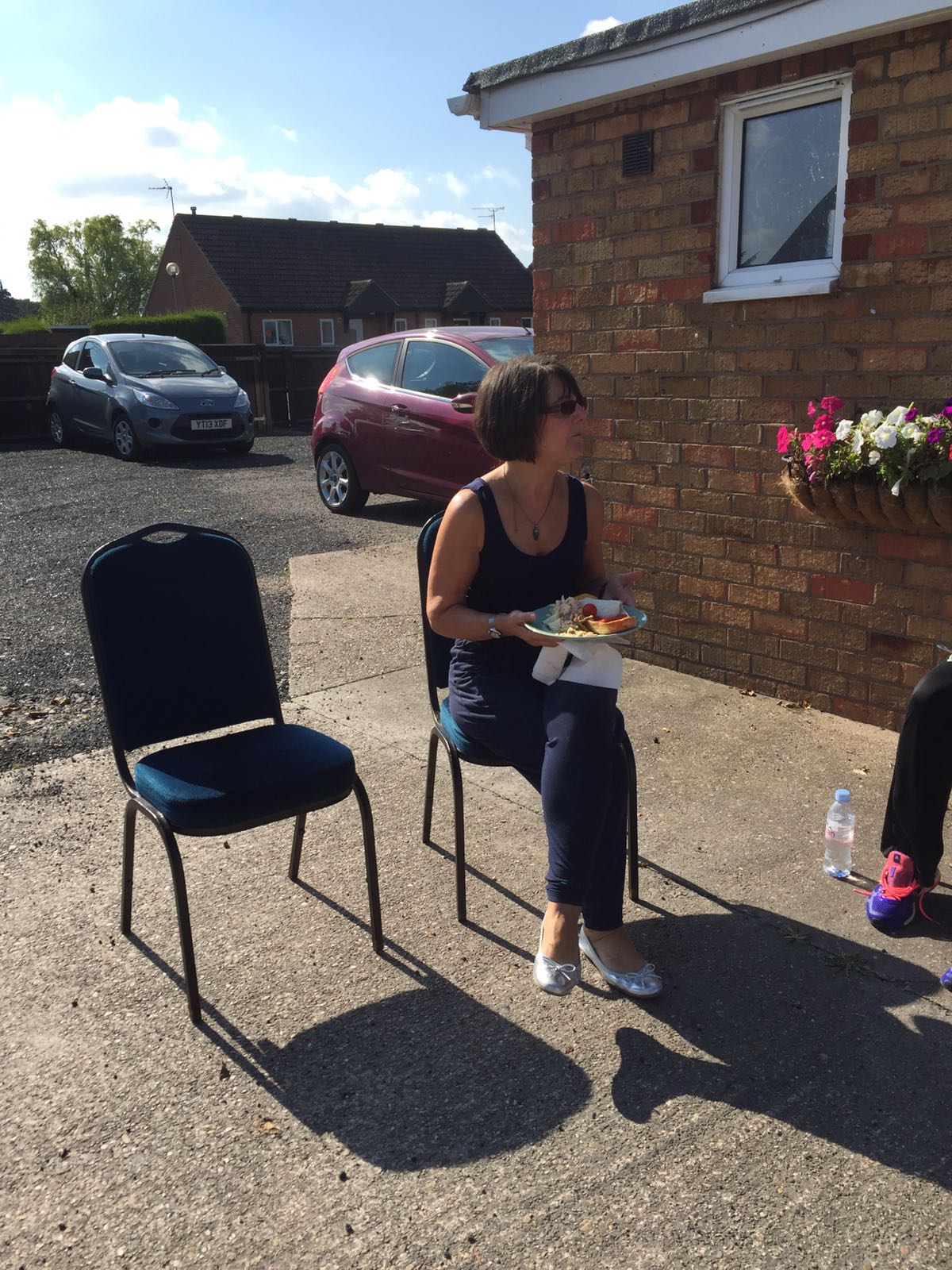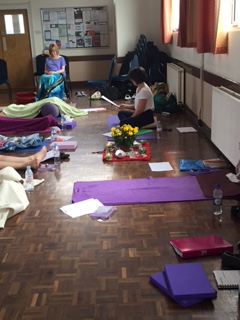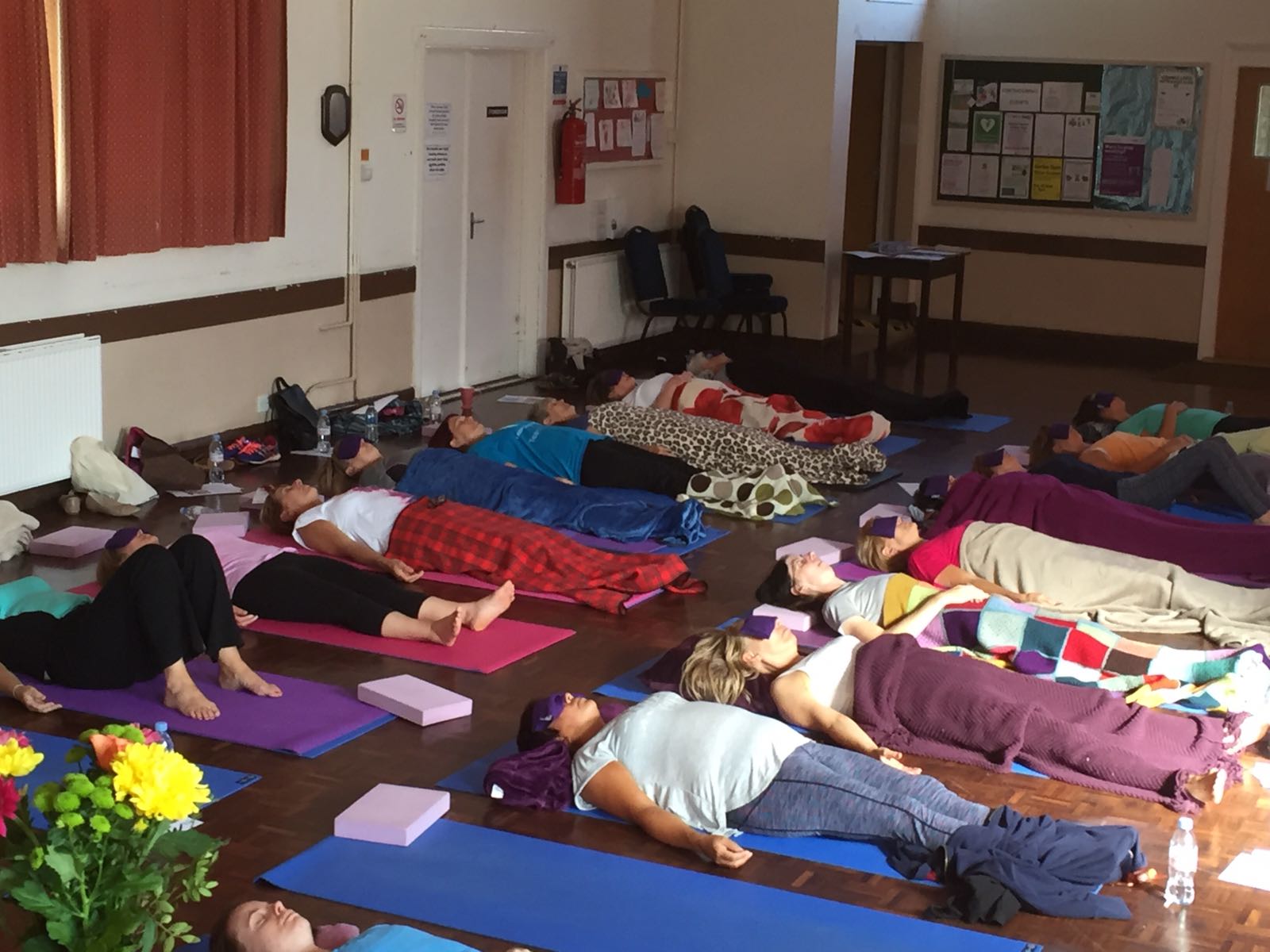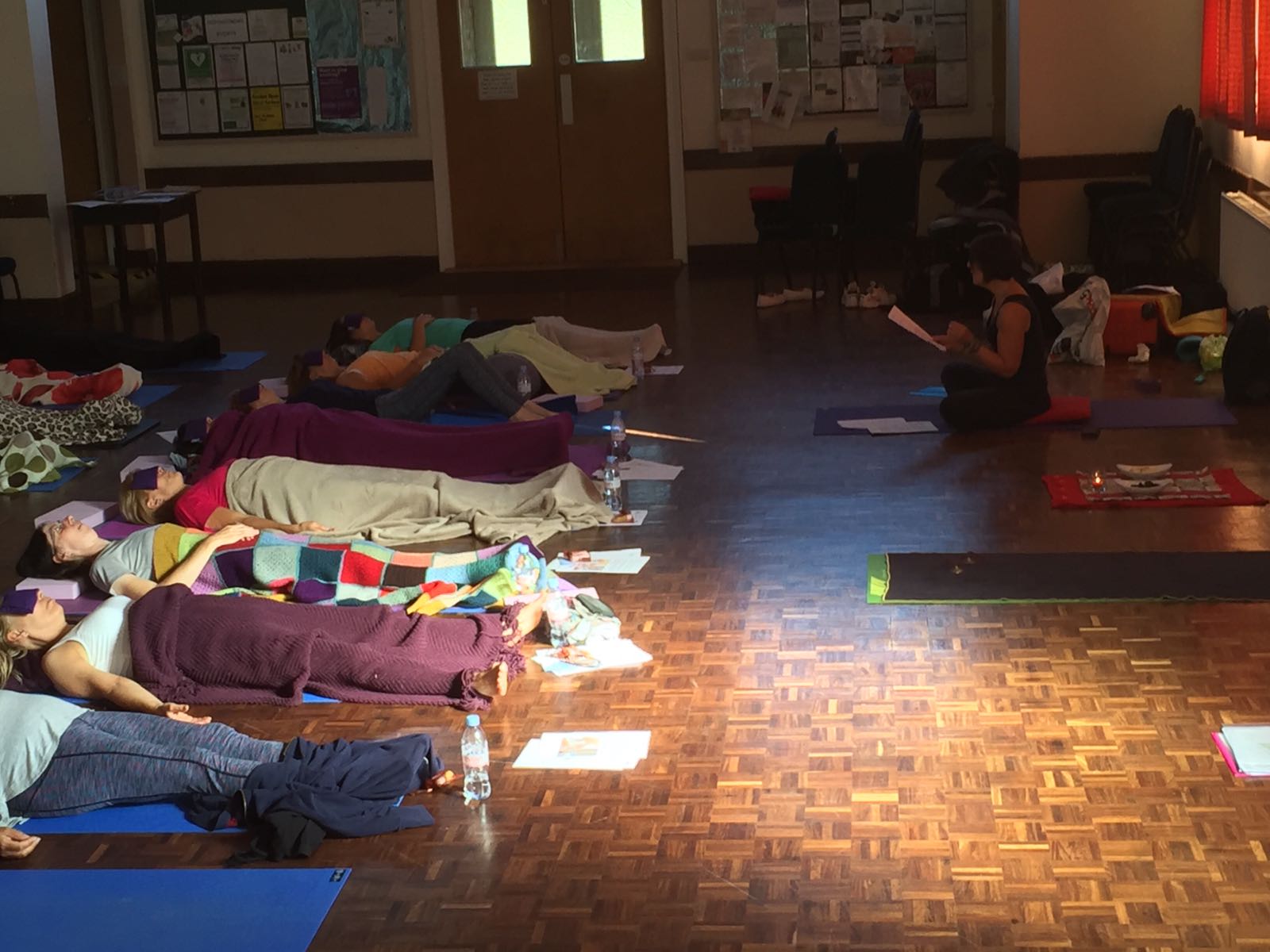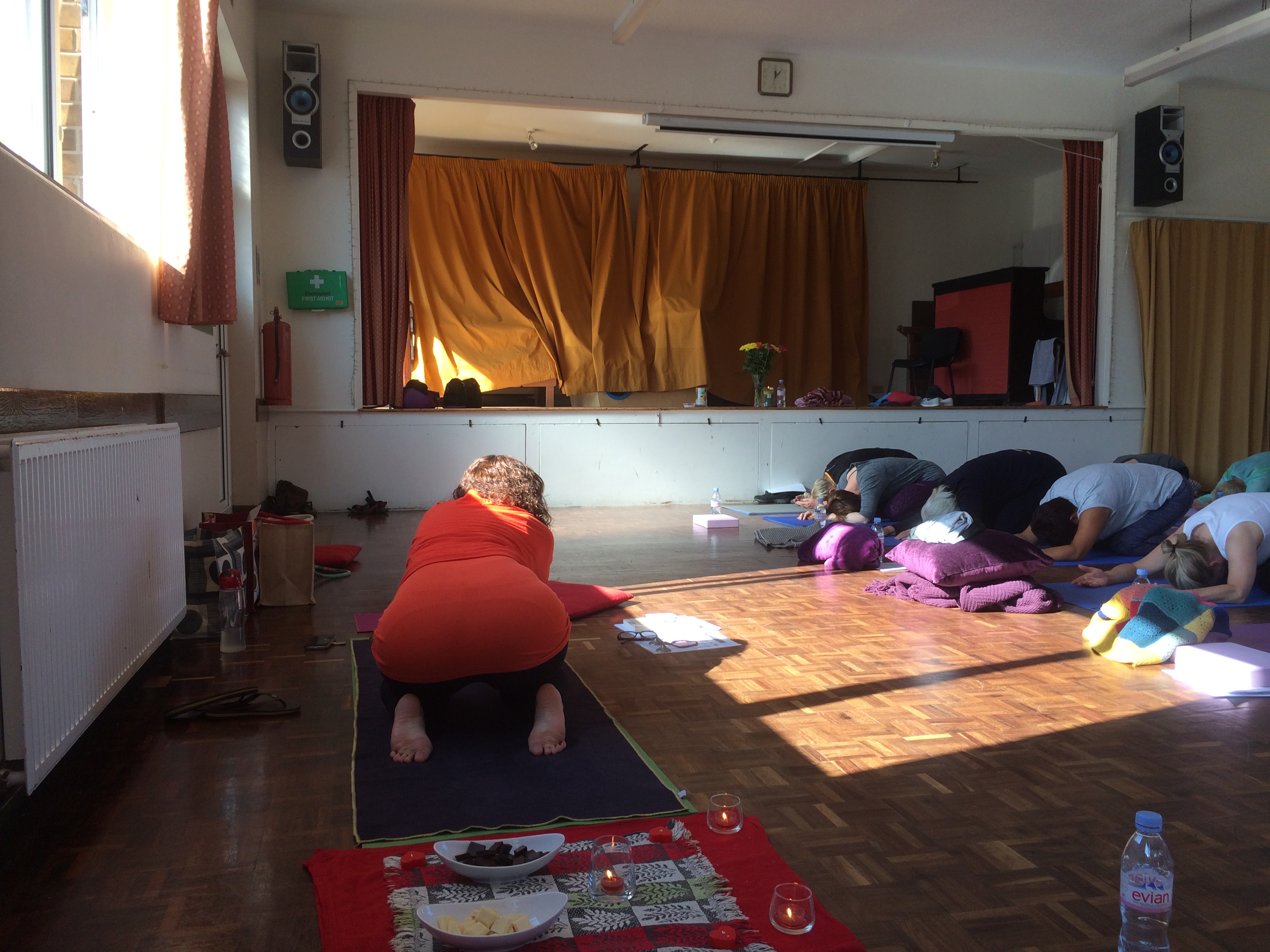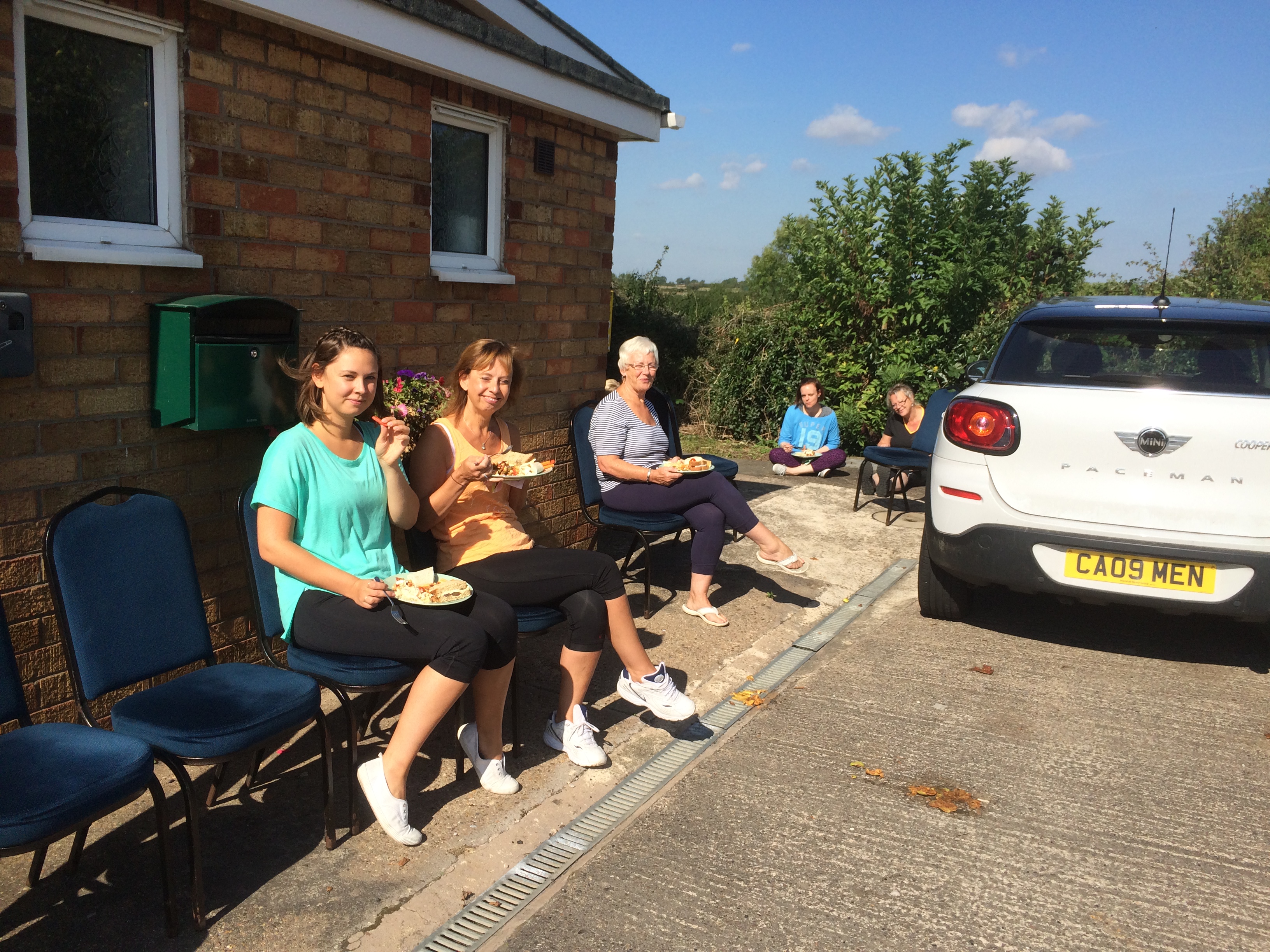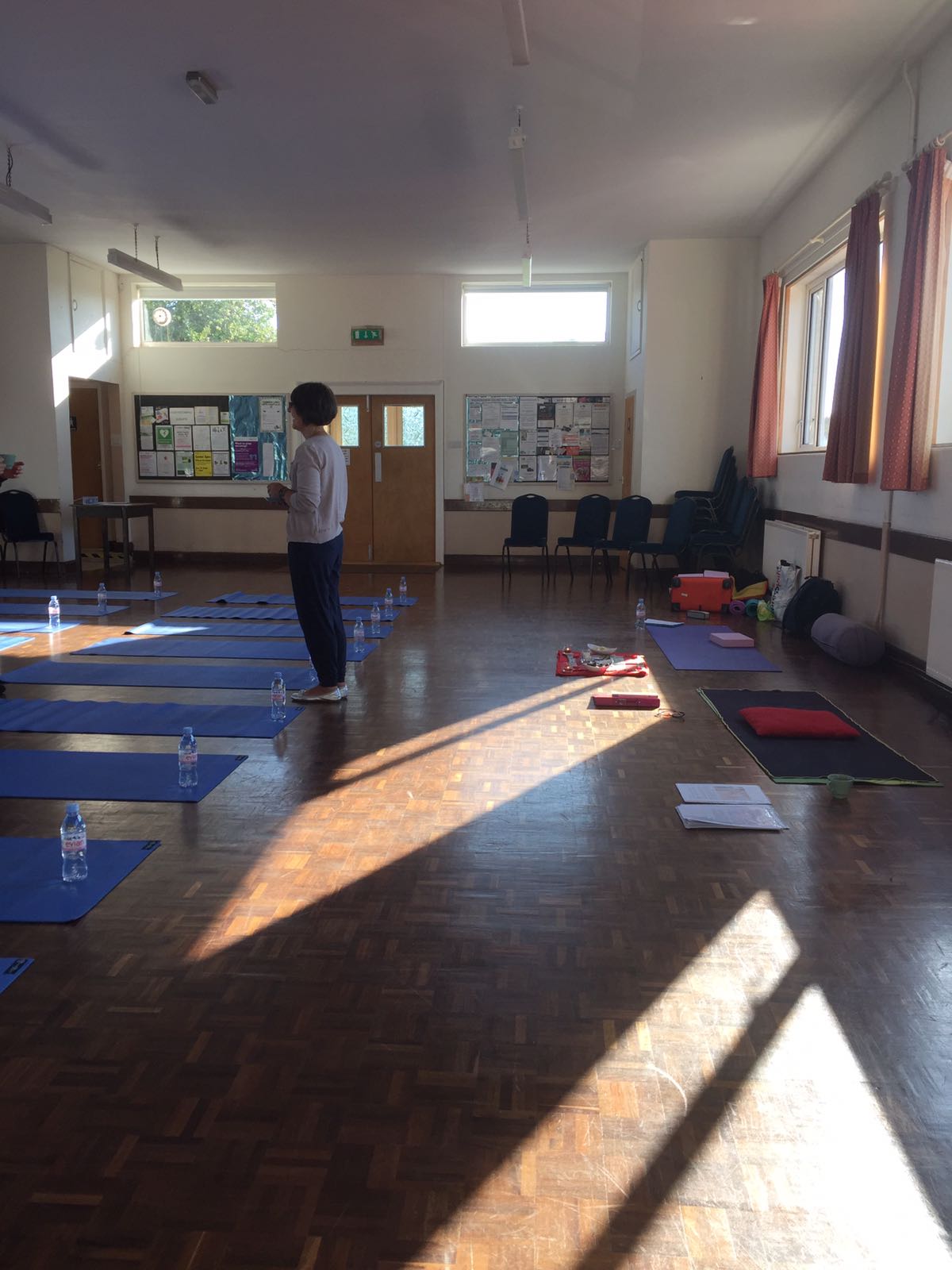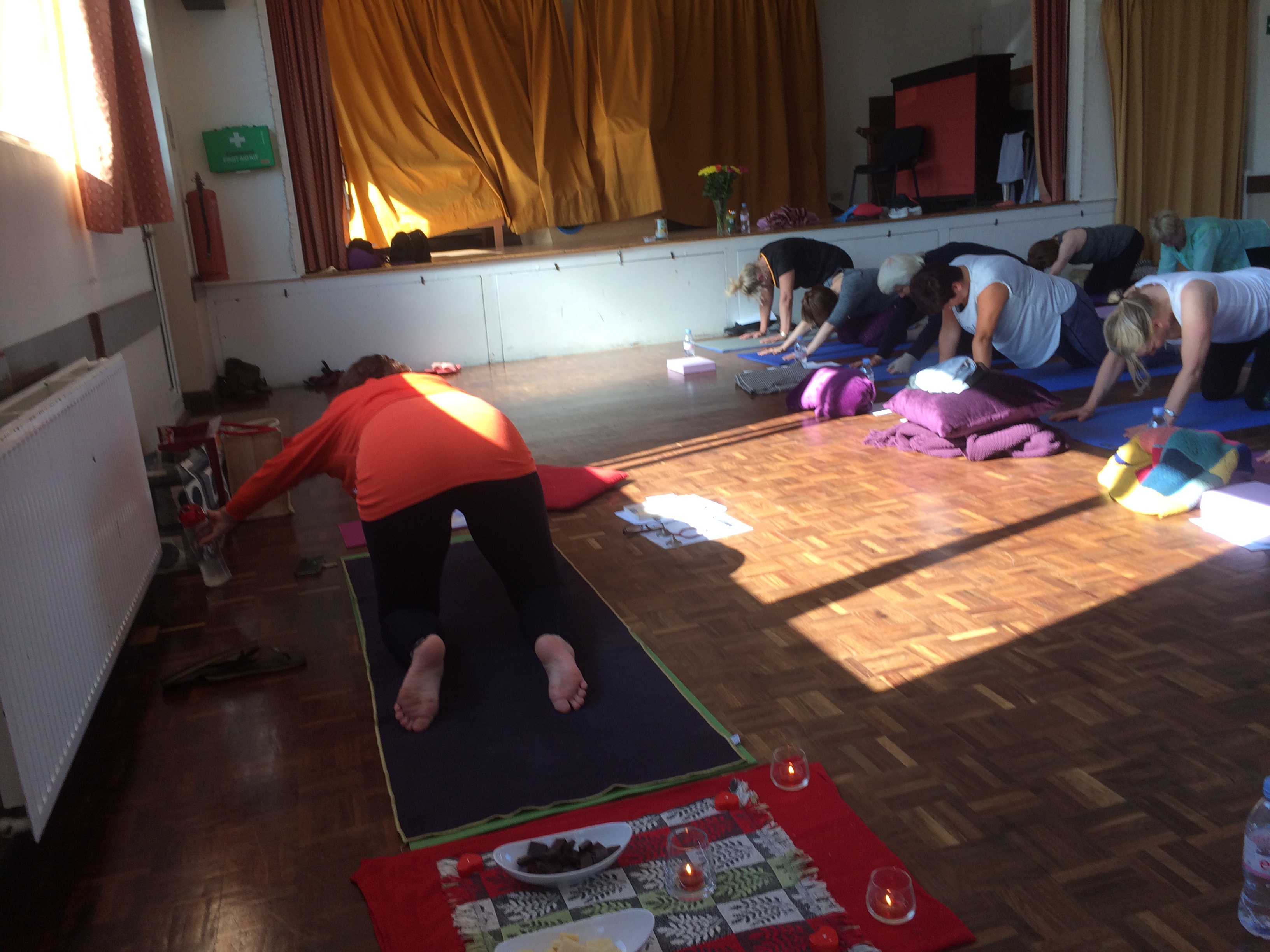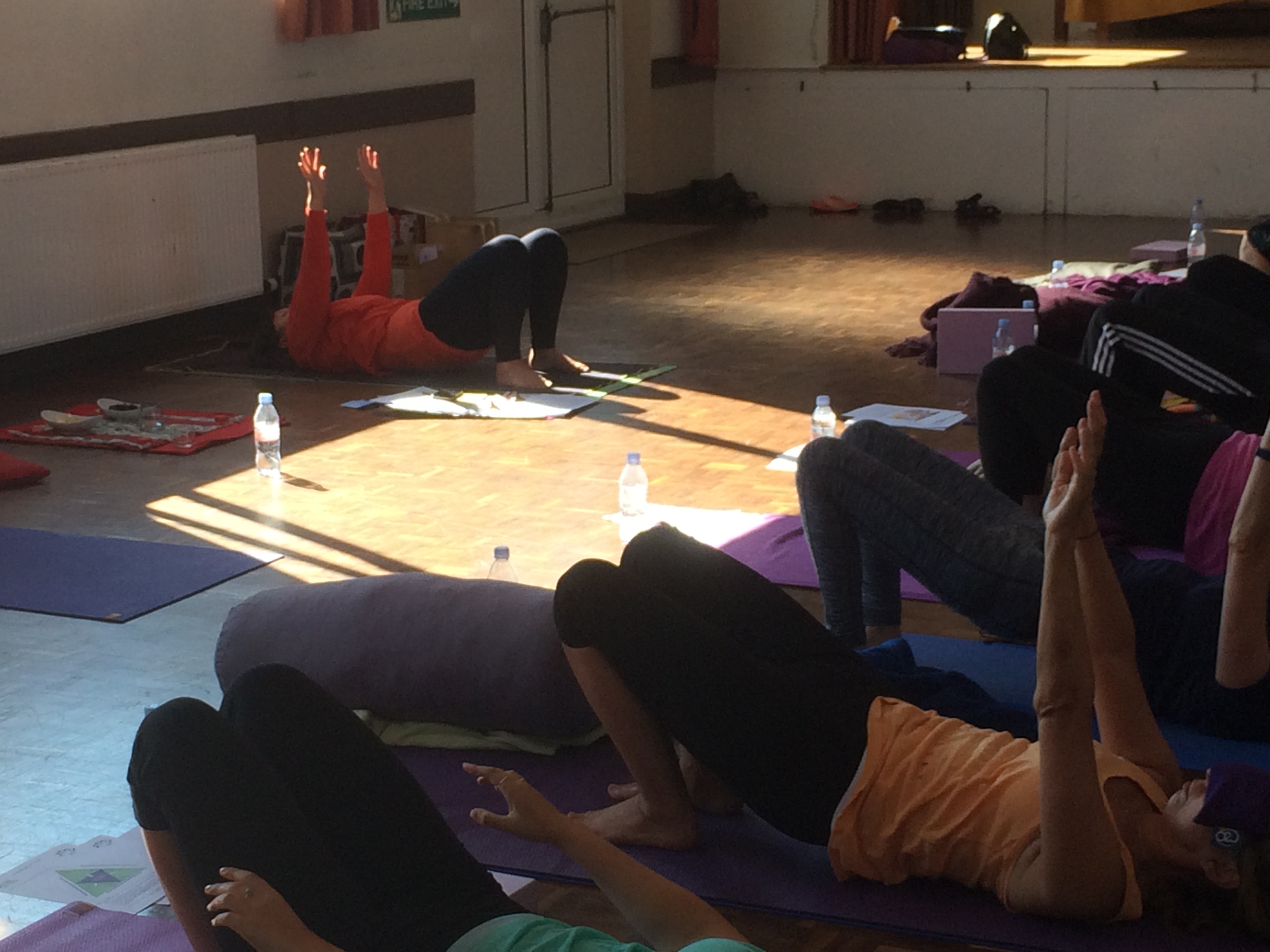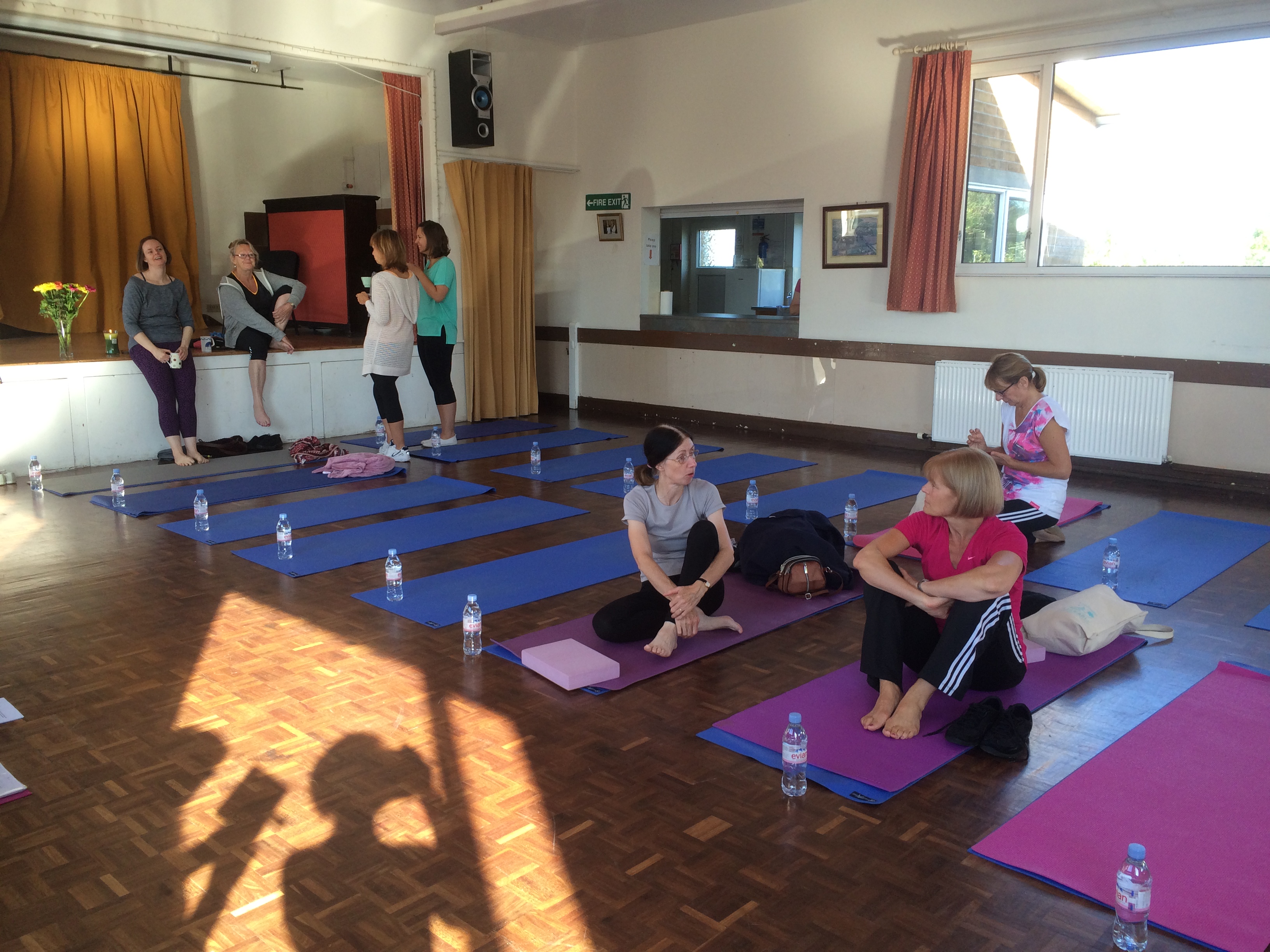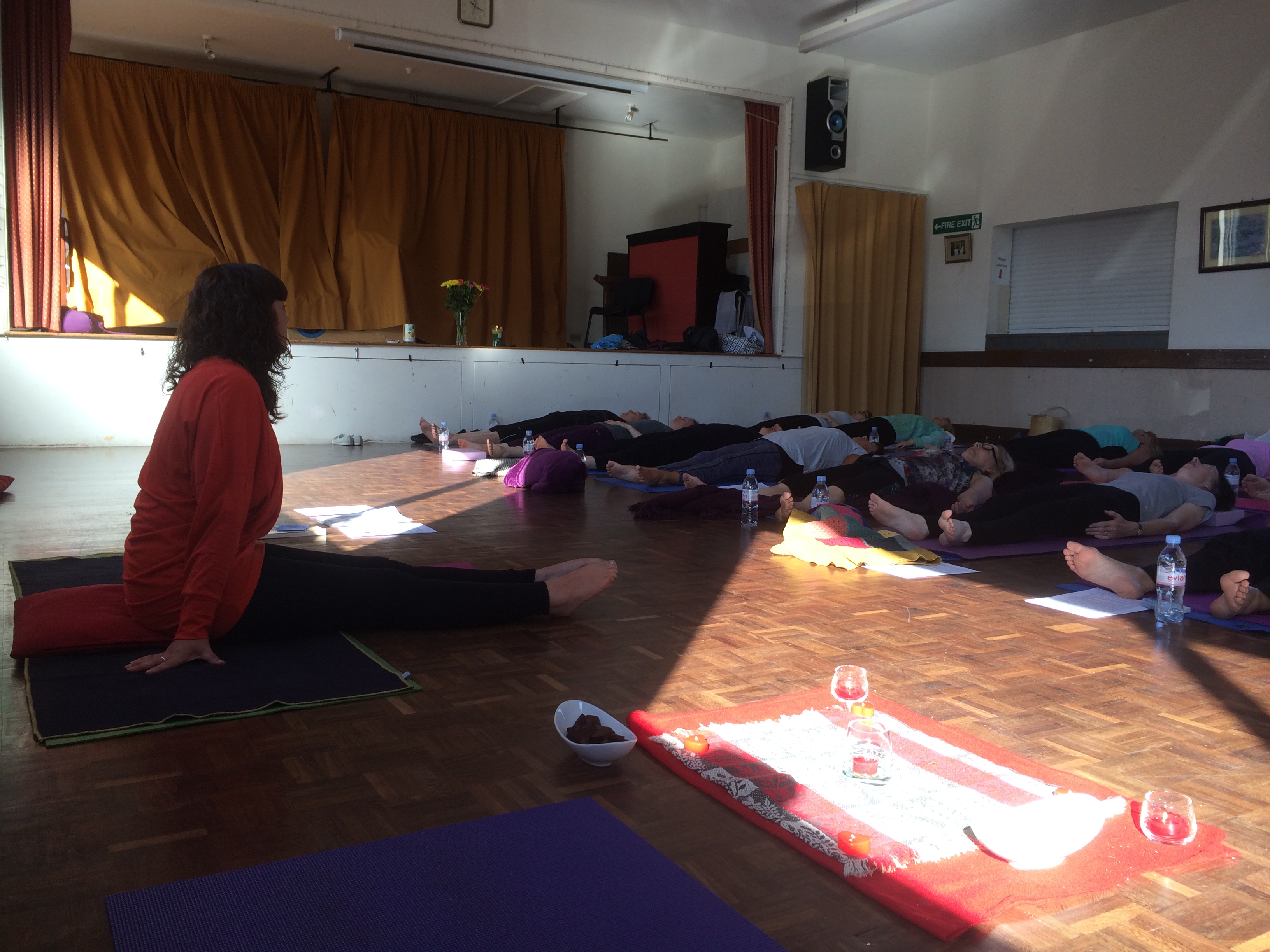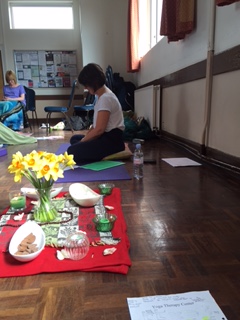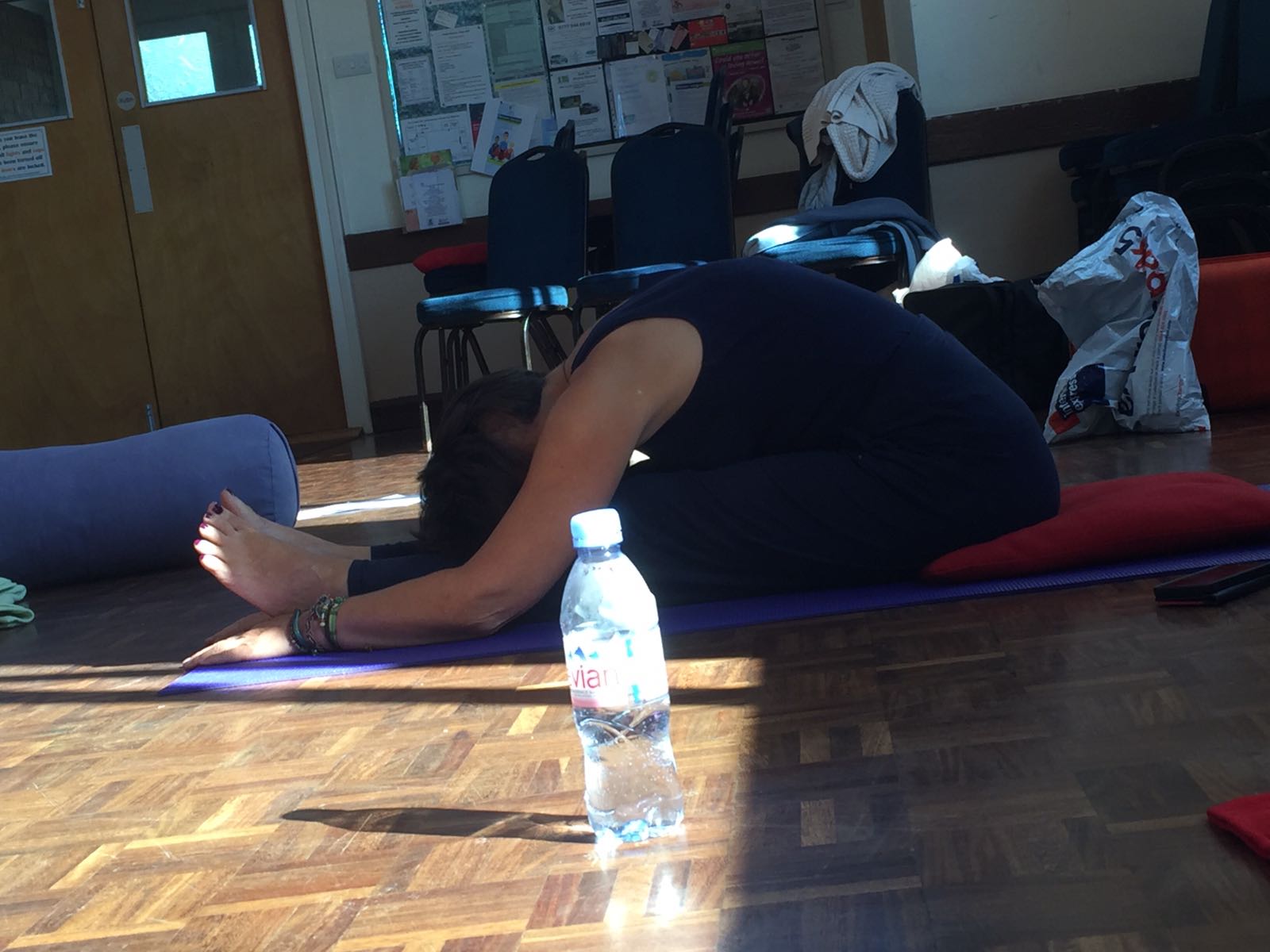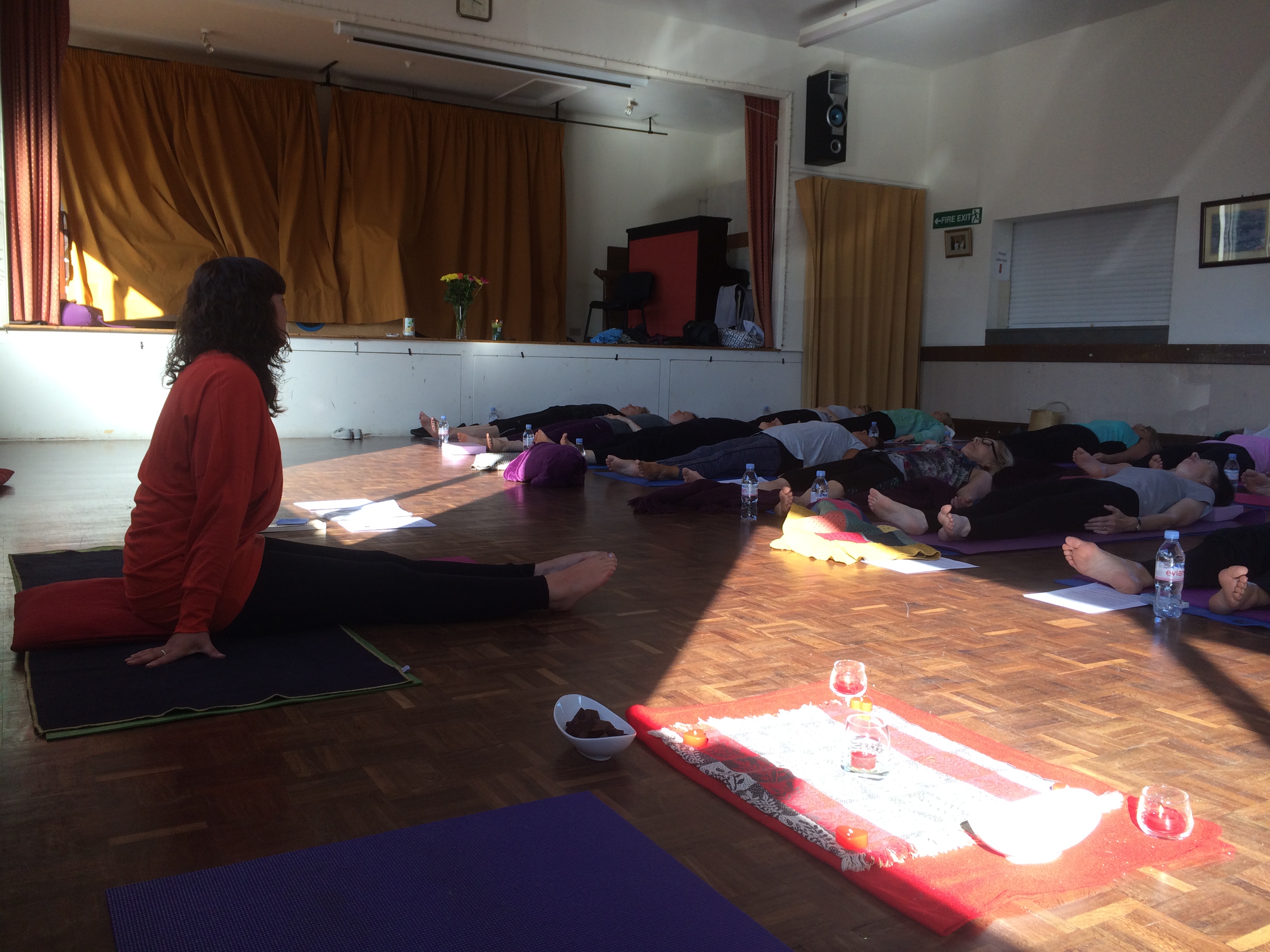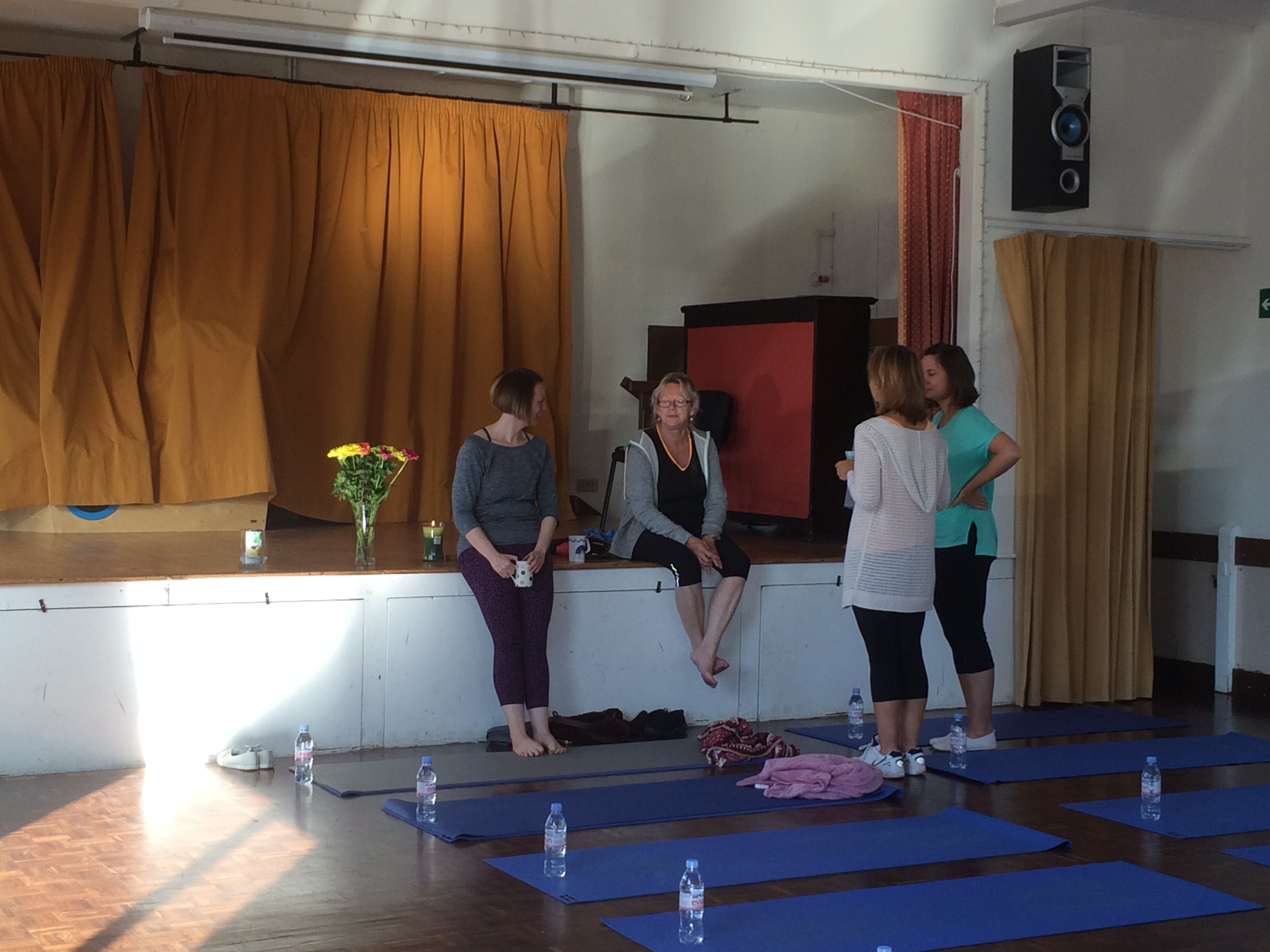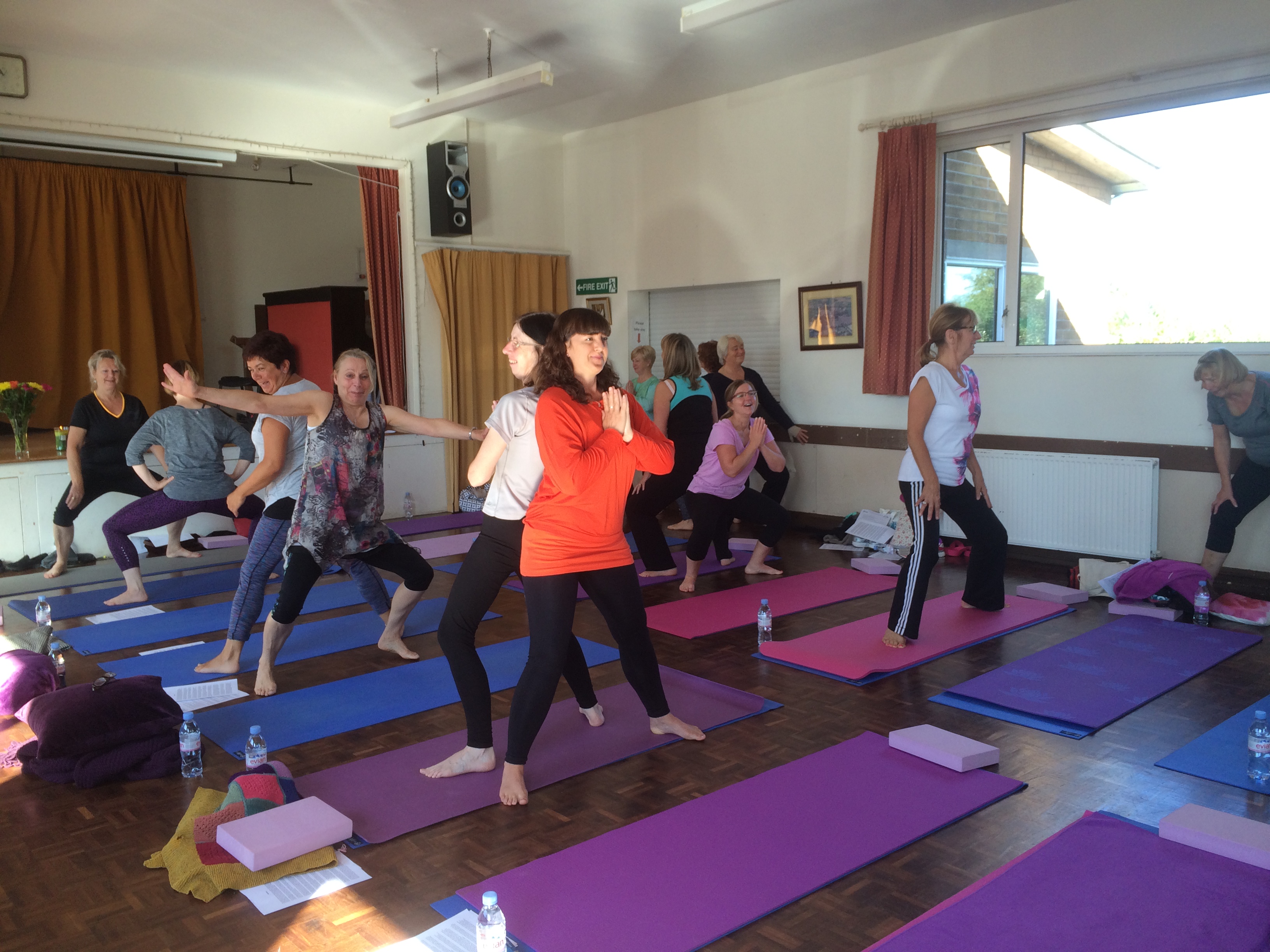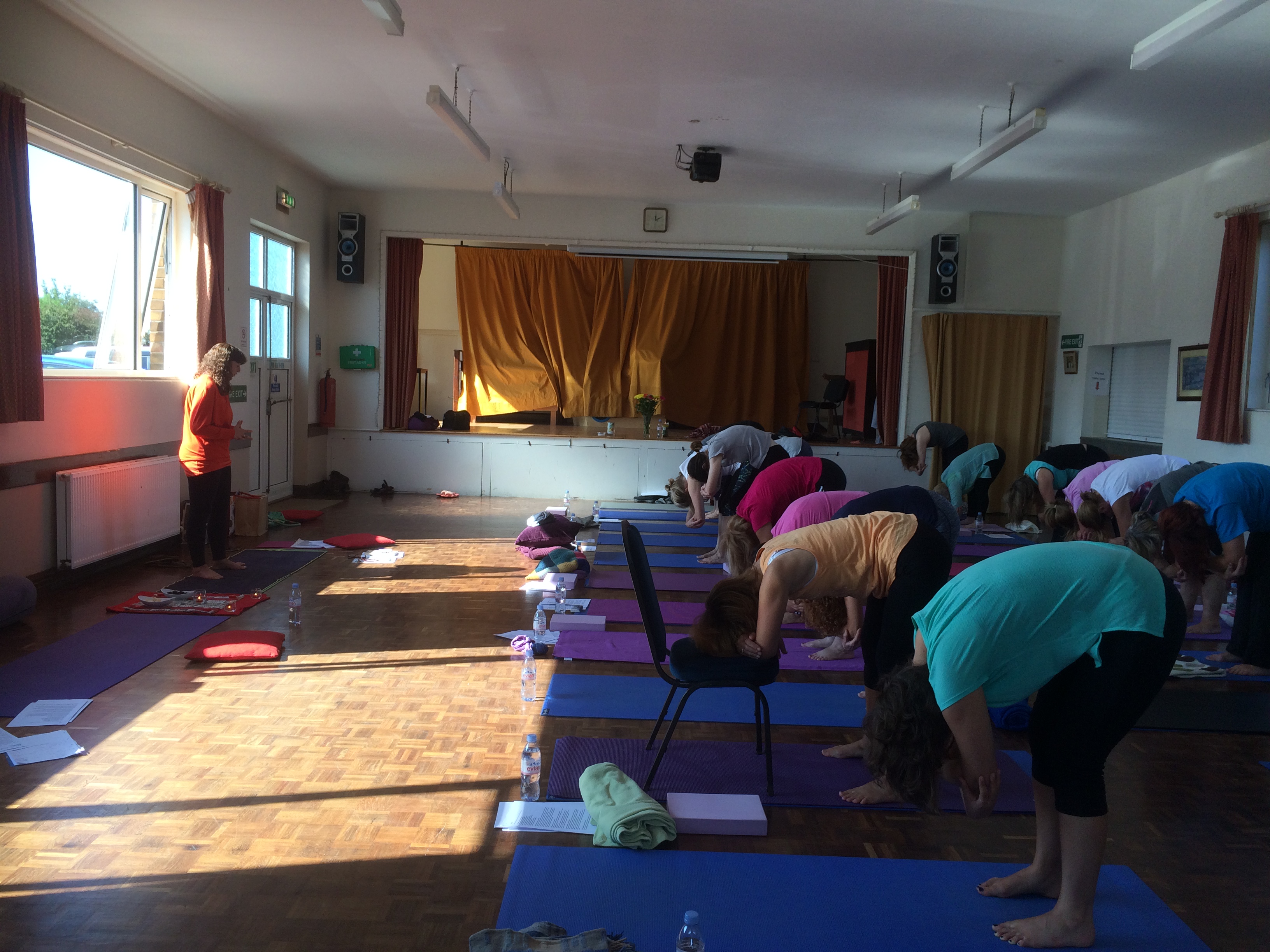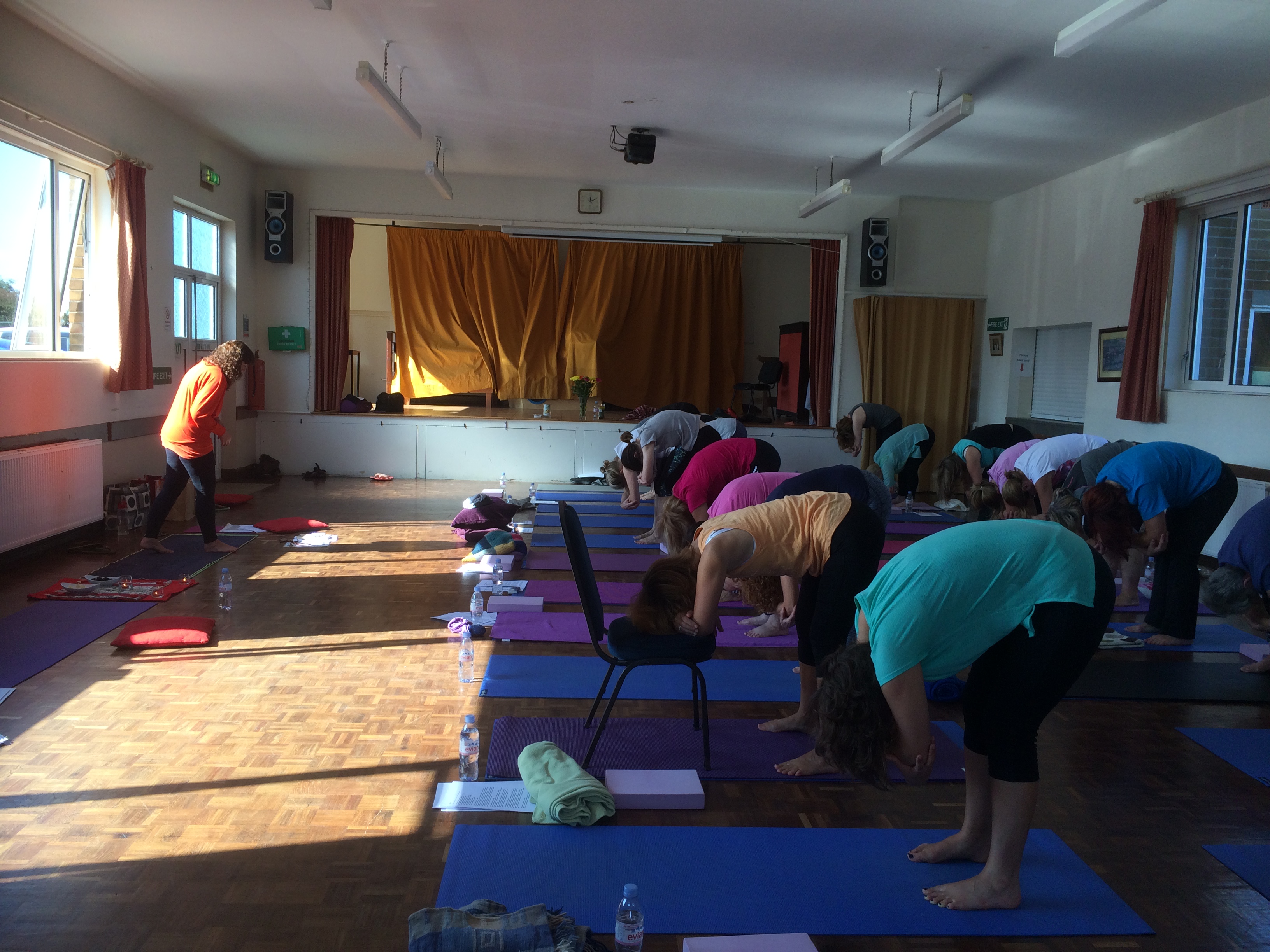In the last post I talked about how achieving our New Year resolutions, or indeed, any goal we set ourselves, requires changing our behaviour in some way.
We are creatures of habit! But what is a habit exactly?
A habit is something we do automatically - without really thinking about it. We're on "autopilot" if you like. It's actually a very useful function of our brains, allowing us to talk and drive at the same time for example; or type on our lap tops without thinking about where we have to put our fingers. Some habits are helpful - like cleaning our teeth; some unhelpful, like smoking.
But the one thing you've had to do in order for these things to become habits - is repeat something regularly enough, for it to become an established wiring in your brain - so that instead of having to consciously make an effort to take that action - your subconsious does it for you without you having to think much at all.
Once your brain is "hard-wired" to do something automatically, it's harder to stop it!
That's great if it's a helpful habit! Not so good if it's not!
One theory is that some habits are more powerful than others. Researchers call these "keystone habits" which have the power to start a chain reaction, impacting on more than one area of our lives just by doing that one thing.
Keystone habits have the power to influence how we work, eat, play, live, spend and communicate.
They start a chain reaction which will eventually transform your whole life.
And as with any habit - you may have set up positive/helpful keystone habits, or negative/unhelpful ones!
Do you know what YOUR "keystone habits" are?
What, if any, helpful keystone habits have you got? How do they impact on your life? I bet they influence it for the better in a number of ways.
But what about your unhelpful keystone habits? What are they?
Maybe you have a habit of slumping in front of the TV when you get in from work? Maybe you're always hitting the "snooze" button on the alarm? Maybe the first thing you do when you get up or start work is check your e-mails? Maybe you spend a lot of time on social media? Maybe you keep saying "Yes" to people, when you really should be saying "No!"
And maybe you don't exercise consistently?
Yoga is, I believe, a keystone habit. It can transform not only your physical health but your mental and emotional health, your stress levels and your resilience in the face of life's inevitable challenges.
5 tips to help you set up your yoga keystone habit:
- Set aside a place where you will always do your practise. Few of us have the luxury of a room which does not have another purpose, or is for our use alone. But creating a space which has your mat; maybe any yoga props, candles, calming pictures or beautiful plants - and some music you particularly love will really help put you in the mood when you walk into the space.
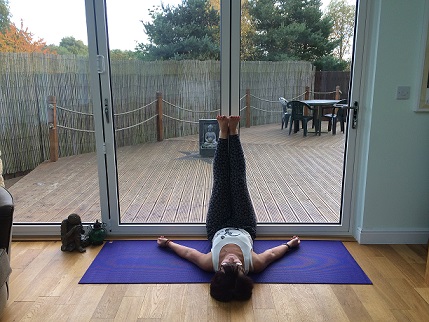
- Try to practise around the same time each session. It doesn't matter if it's not exactly the same time - but if you're a morning person, maybe it's always first thing in the morning. If you're better in the evening, then that's fine too. Again, all you're doing is getting yourself into a routine, which is important for embedding this new behaviour.
- Set yourself a realistic target not some idealised goal. Aiming to go from no practise at home to an hour a day is probably doomed from the beginning, because you're setting something which is so far away from where you are now.
Choose something which is a stretch, but which is perfectly do-able. So maybe you start with a commitment for one class a week for a few weeks, and 15 minutes at home twice a week. - Choose a mix of asanas which utilise the 7 spines. Play around with a mix of postures you like, make you feel good, or which challenge you a little. Most of the time, ensure you utilise the 7 spines so you allow your body to flex in each direction. Sometimes though, it's absolutely fine to choose Yin or restorative poses. Sometimes - they're just what the doctor ordered! (And for those who come to my classes as members, you have all the poses in the yoga online vault, so you've no excuse for saying you can't remember them!)
- Practise with intention and focus. After all, you're just giving 15 minutes of your time. Out of the 16 or so hours in your day when your brain has to whizz around thinking of all the "stuff" you have to do, that's not too much to ask, to allow yourself to switch off a little, and just be present and mindful of what you're doing as you do the asanas. I promise you, even if you feel you're struggling to switch off, by trying to focus on your breathing and the sensation as you move, you WILL relax a little - and the benefits WILL be felt off the mat!
Do this for 4-8 weeks and I promise you will find yourself WANTING to hit the mat because it makes you feel so good!
And when you do, you know your keystone habit will have formed. Just watch out! The side effects are many - and hugely positive!!

